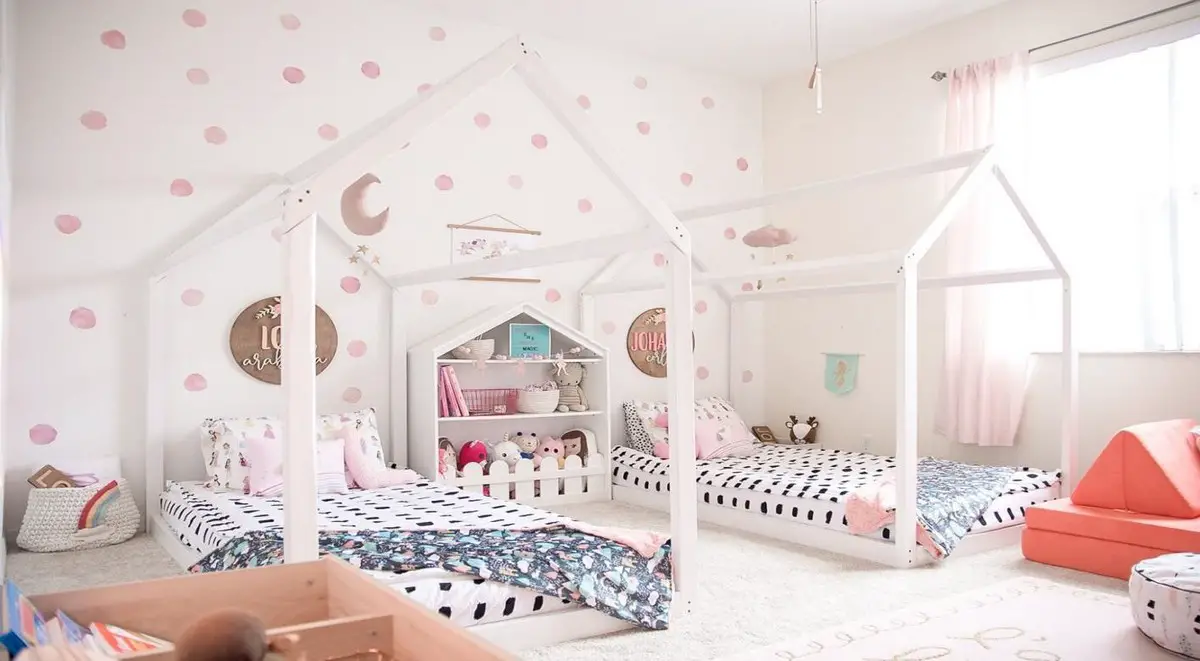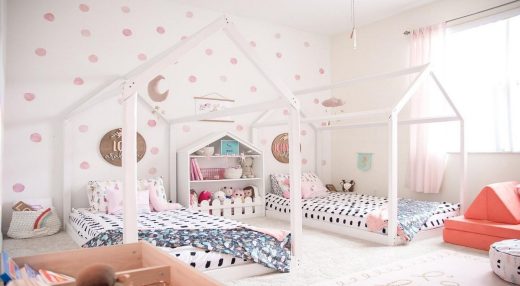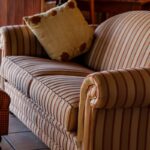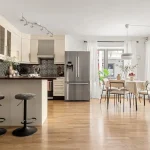Evaluating the safety of floor beds for babies and toddlers, Property interior design style guide, Online decor advice
Evaluating The Safety Of Floor Beds For Babies And Toddlers
2 July 2024
Floor beds for babies and toddlers, such as innovative designs like the kid’s floor bed and the cubby house bed, have garnered attention for their purported benefits in fostering independence and safety. But how safe are these sleeping arrangements?
This article delves into the safety aspects of floor beds for young children, providing a comprehensive overview to help parents make informed decisions.
The Concept of Floor Beds
The concept of a floor bed is rooted in Montessori philosophy, which emphasises independence and freedom of movement for young children. Unlike traditional cribs, a floor bed is typically a mattress placed directly on the floor or on a low platform. This setup allows children to get in and out of bed on their own, promoting autonomy and self-regulation. Take a look at bunkbeds.co.uk for children’s bedroom furniture.
Safety Considerations for Floor Beds
There can be several safety considerations that one should note down when opting for floor beds. Some of these include:
- Risk of Injury: Parents’ primary concern is the risk of injury, particularly falls. However, because the mattress is on the floor, the risk of serious injury from falling is significantly reduced compared to a crib or a high toddler bed. To mitigate risks further, parents can place soft rugs or mats around the bed, creating a cushioned environment.
- Suffocation Hazards: Parents must ensure that the floor bed is free from suffocation hazards. This means avoiding soft toys, pillows, and heavy blankets in the sleep area for babies. You can also opt for a firm mattress and a fitted sheet for infant sleep spaces, which applies to floor beds as well.
- Room Safety: When using a floor bed, the entire room becomes part of the sleep environment. This means ensuring that the room is baby-proofed – from covering outlets and securing furniture to the walls to preventing tipping—and ensuring all small objects that could pose choking hazards are out of reach. Additionally, placing the bed away from windows, radiators, or heaters is crucial.
- Allergen Exposure: A floor bed can expose children to more allergens, such as dust and pet dander, as it is closer to the ground. Regular cleaning and vacuuming, as well as using hypoallergenic mattress covers, can help minimise this exposure.
How Floor Beds for Toddlers Enhance Safety and Independence
As children grow into toddlers, floor beds can significantly enhance their sense of independence. Toddlers are naturally curious and enjoy exploring their environment. A floor bed allows them to get in safely and out of bed, fostering autonomy and reducing the need for parents to lift them in and out, which can be particularly beneficial for parents with back problems or those recovering from childbirth.
- Transitioning from Crib to Bed: Transitioning from a crib to a floor bed can be smoother for toddlers. Unlike a traditional toddler bed, which might still be elevated and present a fall risk, a floor bed is at a height that makes it easy for toddlers to manage independently.
- Cubby House Bed: A cubby house bed is a creative variation of the floor bed, designed to look like a small house or a fort. This design not only provides a cosy and secure feeling but also makes bedtime an exciting adventure. The safety features should include smooth edges, non-toxic paints, and sturdy construction to prevent accidents.
Evaluating the Safety of Floor Beds
- Parental Supervision and Interaction: While floor beds promote independence, they do not replace the need for parental supervision. Parents should regularly check on their sleeping child and ensure the environment remains safe as the child grows and becomes more mobile.
- Customisation and Adaptability: Floor beds offer the flexibility to adapt to the sleeping environment as the child’s needs change. For example, adding bed rails for a toddler who moves around a lot during sleep can provide additional security without the need for a high bed.
- Community and Expert Feedback: Engaging with parenting communities and seeking advice from pediatricians can provide valuable insights and practical tips on maintaining a safe floor bed environment. Many parents have successfully used floor beds and can offer real-world advice on what works and what doesn’t.
The safety of floor beds for babies and toddlers Conclusion
Floor beds, including the kid’s floor bed and cubby house bed, can be safe and beneficial options for babies and toddlers when proper precautions are taken. They promote independence, ease transitions, and can be safer in terms of fall risks compared to elevated beds.
However, ensuring the entire sleep environment is secure and free from hazards is crucial. By carefully considering the safety aspects and making informed adjustments as needed, parents can easily create a nurturing and safe sleeping space that supports their child’s growth and development.
Comments on this guide to Evaluating The Safety Of Floor Beds For Babies And Toddlers article are welcome.
Furniture
Furniture Design Posts
Vital rules of bedroom furniture placement tips
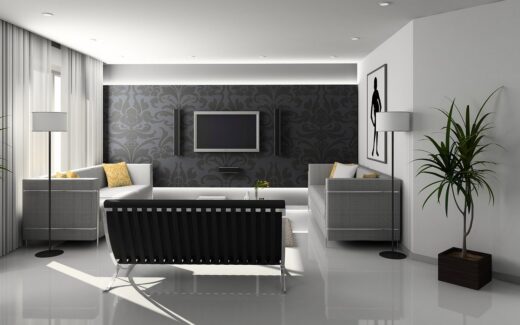
Iconic Collaborations in Luxury Furniture
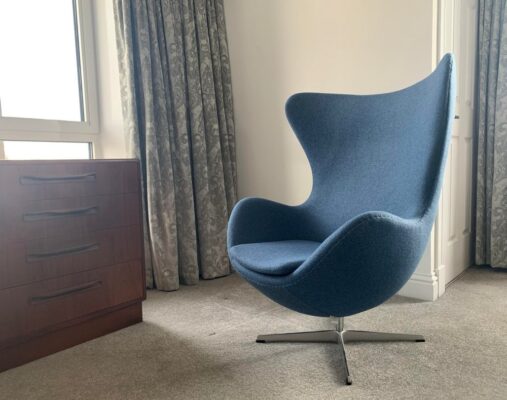
How to choose the perfect furniture for your garden
8 tips to help you buy new furniture for your home
Buildings
Residential Property Articles
Comments / photos for the Evaluating The Safety Of Floor Beds For Babies And Toddlers page welcome

